Influence of Neighboring Nations on Kyrgyz Food Staples
11 min read Exploring how neighboring countries shape Kyrgyz food staples and culinary traditions through cultural exchanges and regional ingredients. July 09, 2025 00:05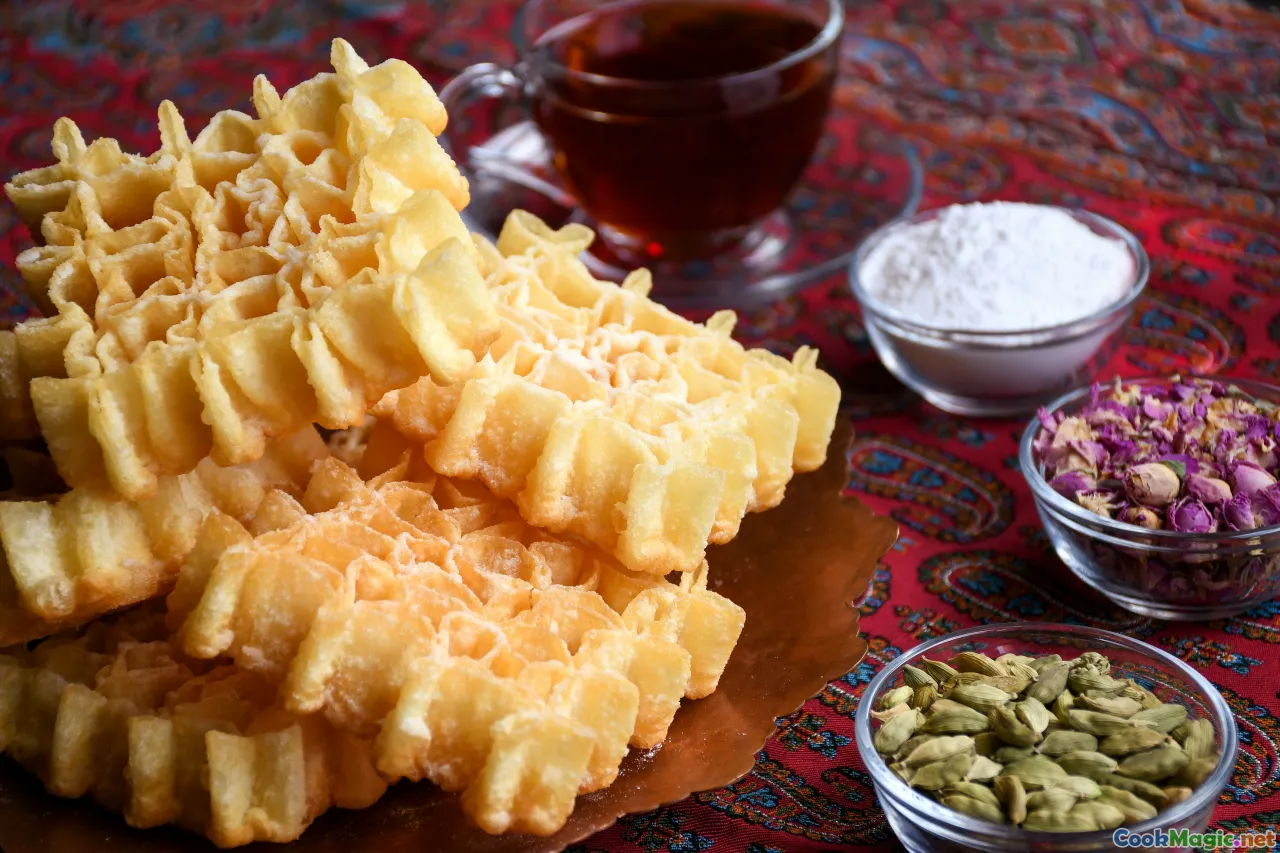
From the Steppes to the Plate: The Cultural Tapestry of Kyrgyz Food

Nestled amidst the rugged beauty of the Tian Shan mountains and sprawling steppes, Kyrgyzstan’s culinary landscape is a vivid reflection of its rich history, nomadic traditions, and the neighboring influences that have woven themselves into its fabric over centuries. As a culinary storyteller, I am fascinated by how Kyrgyz food transcends mere sustenance, embodying stories of past migrations, trade routes, and familial bonds carried across generations.
Picture the open yurt dotted with colorful felt decorations, where the aroma of freshly baked beshbarmak mingles with the scent of mountain herbs. Here, each dish signals a story—be it the taste of fat-laden horse meat, the smell of fermented roots, or the crunch of hand-stretched bread—cooked over an open flame in harmony with nature’s rhythms.
In this exploration, I invite you on a sensory journey, traversing the borders and borders within, of Kyrgyz cuisine—highlighting how neighboring nations have subtly but meaningfully influenced the dishes, flavors, and culinary customs of this proud Central Asian nation.
The Nomadic Roots and Their Flavorful Foundations

At its heart, Kyrgyz cuisine is rooted in a nomadic lifestyle. The ancient pastoralists moved with their herds, their diet predominantly built around meat, milk, and grains—each ingredient carefully preserved and crafted into flavorful staple dishes. The use ofkuylyk (large cast-iron cauldrons) over open fires and the communal act of cooking reflect a culture centered on sharing and resilience.Beshbarmak, literally "five fingers," is the quintessential Kyrgyz dish—boiled meats served with rich, aromatic broth and hand-cut noodles. The dish’s simplicity whispers stories of cattle-rearing communities that roamed freely, feasting on locally available meats and grains. The name itself underscores the social element—eating with your fingers, bondding people together.
Is it any wonder that the taste is bold, hearty, and unforgettable—at once smoky, tender, and infused with mountain herbs? This humble, yet majestic dish forms the backbone of Kyrgyz hospitality and cultural identity.
Influence and Interaction with Uzbek Cuisine
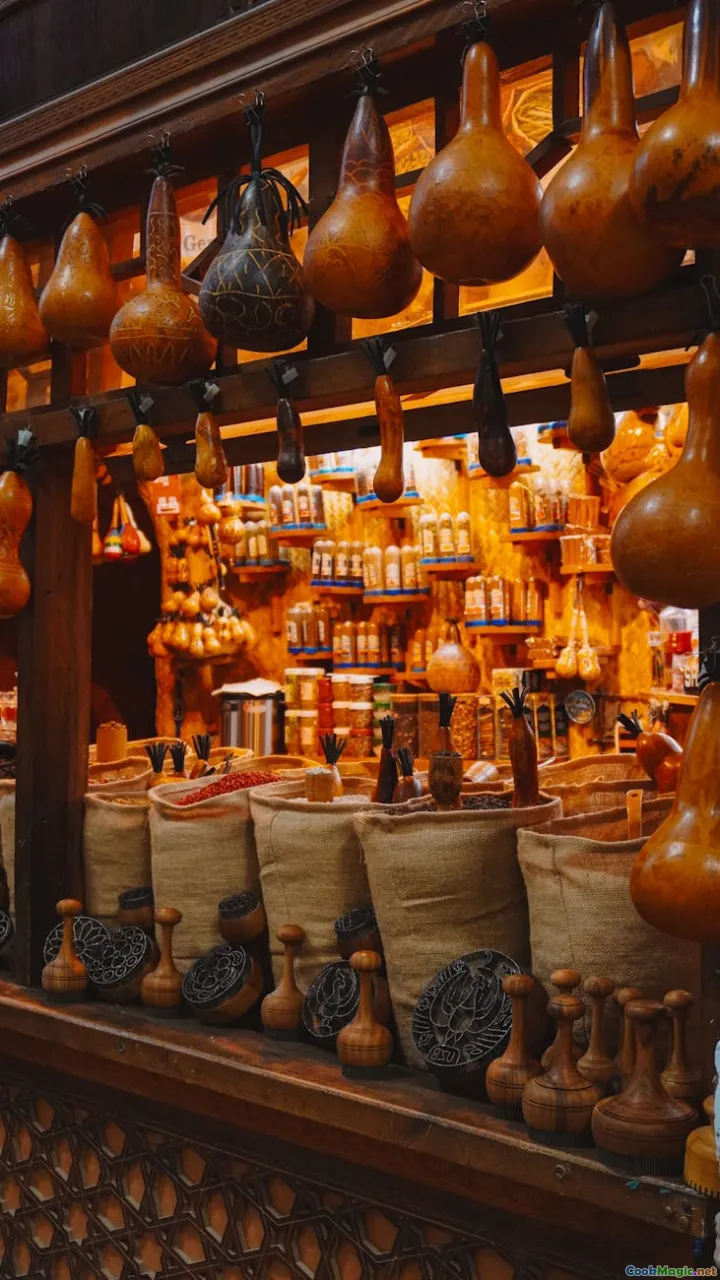
One cannot discuss Kyrgyz food without recognizing the profound influence of Uzbek neighbors, especially in the southern regions like Osh and Jalal-Abad. Situated along the historical Silk Road, these areas have long been a melting pot of cultures, traders, and culinary traditions.
Take plov—the golden, aromatic rice dish seasoned with carrots, cumin, and tender pieces of lamb. While plov is fiercely associated with Uzbekistan, Kyrgyz cooks have adopted and adapted it into their own repertoire, emphasizing their own livestock and local spices. The scent of cumin and dried fruits fills the air as the rice turns a glossy amber, evoking bustling bazaars and caravanserais.
What makes Kyrgyz plov distinctive? Often, it includes local additions like dried apricots or horse meat, adding a sweetness that balances its savory core. Eating it evokes a sense of shared history—speaking of trade, migration, and cultural exchange that has shaped both nations.
A personal anecdote: I recall savoring hot plov in a Kyrgyz village café, watching elders stir the bubbling pot, their hands seasoned by a life of tending herds and trading across borders. The flavors seemed to carry whispers of the passed caravans, journeys spanning centuries.
The Tarim Basin and Influence from China
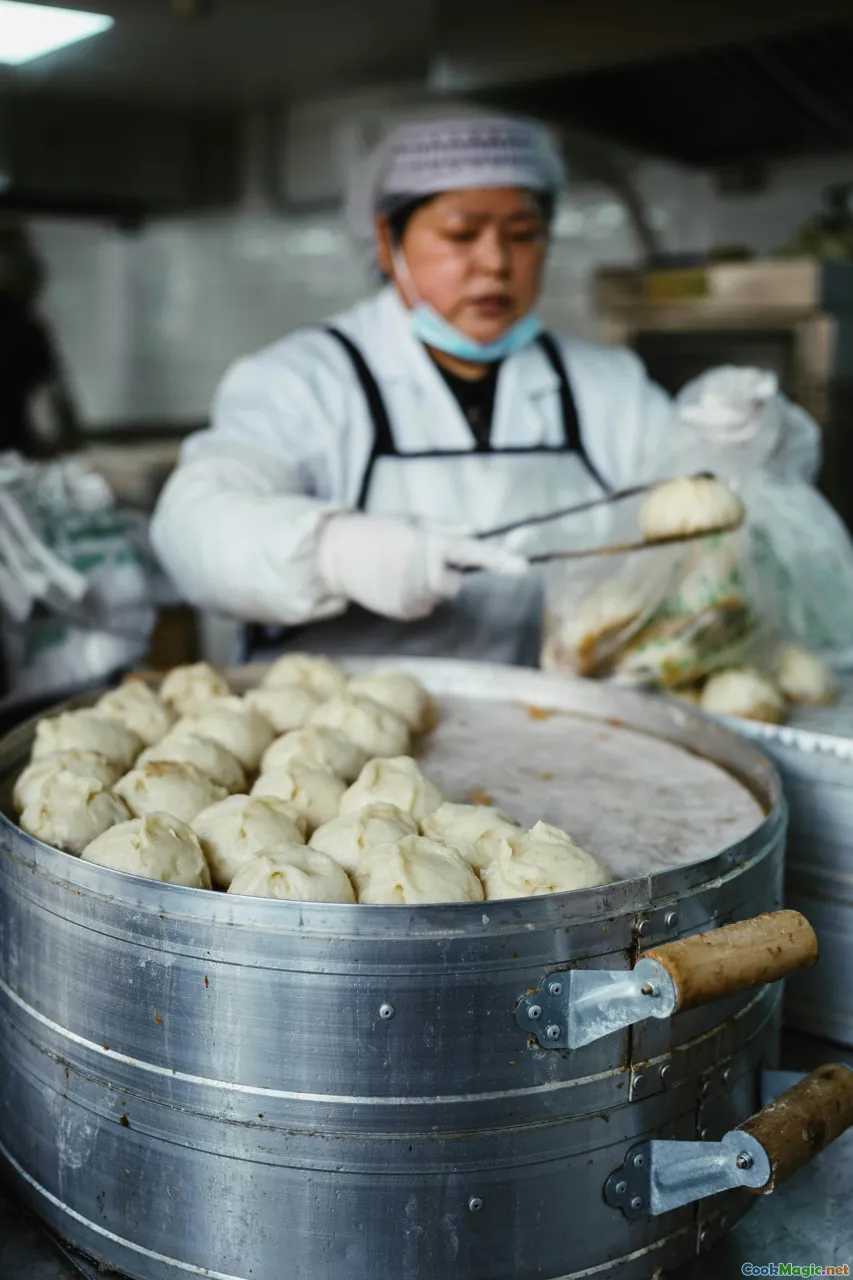
Trade routes linking Kyrgyzstan to western China, particularly the Tarim Basin, infused Kyrgyzpe their culinary lexicon with ingredients, spices, and techniques from the East. Chinese influence is evident in the sweet-sour flavors, use of tea in cooking, and variations of dough-based dishes.
For example, the manta (large meat-stuffed dumplings) resemble Chinese jiaozi or baozi. In some regions, the thin dough wrappers encase spiced minced lamb or beef, sealed with decorative pleats—an art form passed down through generations. The delicate texture and juicy filling whisper of Chinese culinary artistry blending seamlessly with Kyrgyz techniques.
Additionally, black and green tea—integral to both Kyrgyz and Chinese beverage customs—is often added to soups and stews, imparting a subtle smoky aroma. This cross-pollination dramatizes the Silk Road’s living legacy, where ingredients and ideas traveled in caravans that shaped cuisine at every stop.
Tajik and Persian Echoes in Kyrgyz Delights
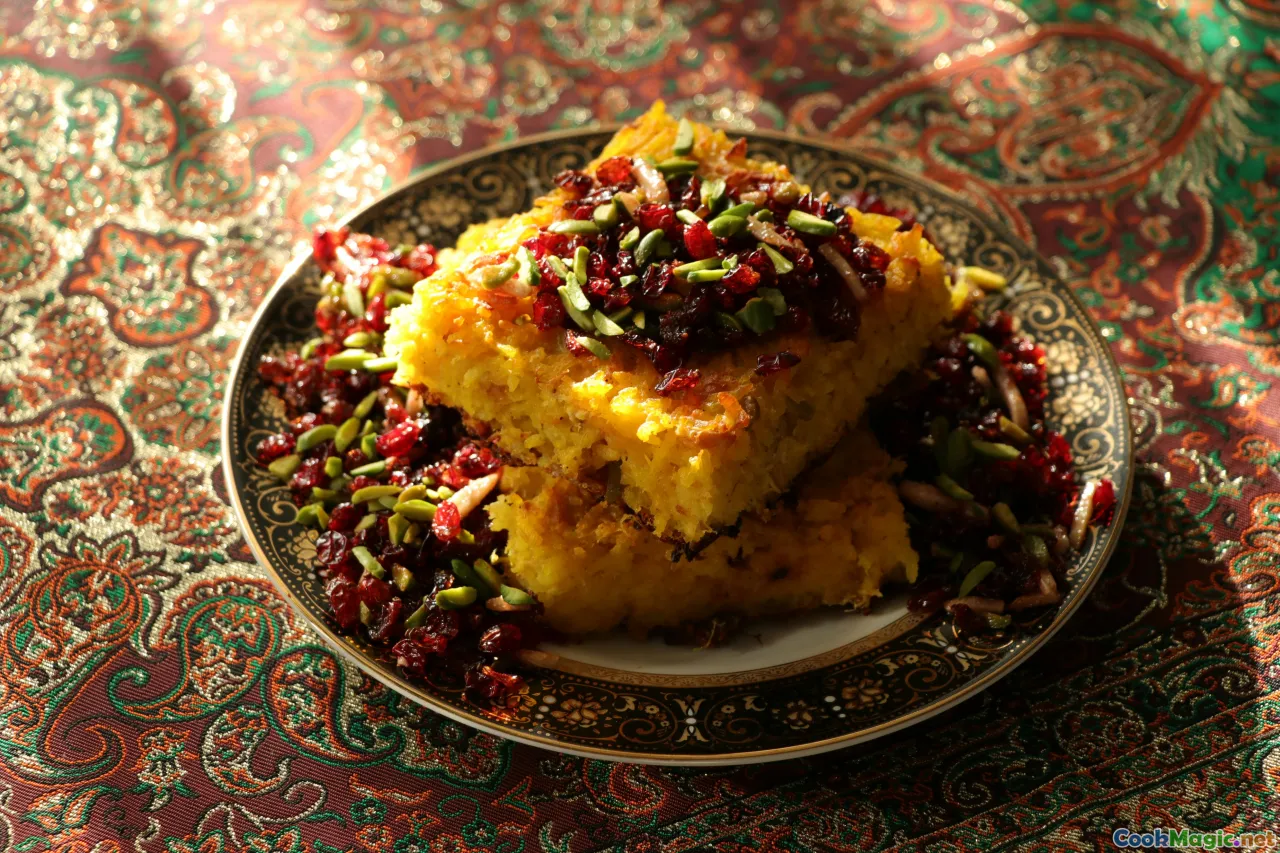
To the southwest, Tajikistan and Iran share cultural and culinary ties with Kyrgyzstan. These influences emerge vividly in the use of saffron, dried fruits, and aromatic herbs.
One stirring example is osh, a saffron-infused rice pilaf often prepared for celebrations, sharing parallel traits with Persian chelo and Tajik osh. The grains are fluffy and fragrant, topped with tender chunks of meat, broad beans, and a sprinkle of barberries or dried apricots—mirroring Persian aesthetics of balanced, fragrant dishes.
Tajik bread—nigor—with its crusty exterior and soft interior, finds its way into Kyrgyz households, often used as a scoop for hearty stews or sweet honey. Culturally intertwined, these dishes symbolize shared historical threads, especially as trade routes and familial bonds connect Kyrgyzstan with its southern neighbors.
The Russian Imprint: Baking and Preservation

During the Soviet era, Russian culinary staples found their way into Kyrgyz cuisine, altering traditional food practices. Breads like baton or pirozhki, and preserved vegetables like sauerkraut, became commonplace.
Kyrgyz bakeries often feature soft, fluffy lepyoshka—white bread with a slightly chewy crust—which is perfect for dipping into hearty broths or wrapping leftover meats. The taste profile has adapted, yet retains a unique Kyrgyz character through the use of local dairy or herbs.
Moreover, the preservation of foods through pickling, fermenting, and smoking gained prominence, allowing households to store vegetables for long winters—techniques influenced by Russian and Eastern European traditions.
The Embodying Spirit of Kyrgyz Food: A Personal Reflection
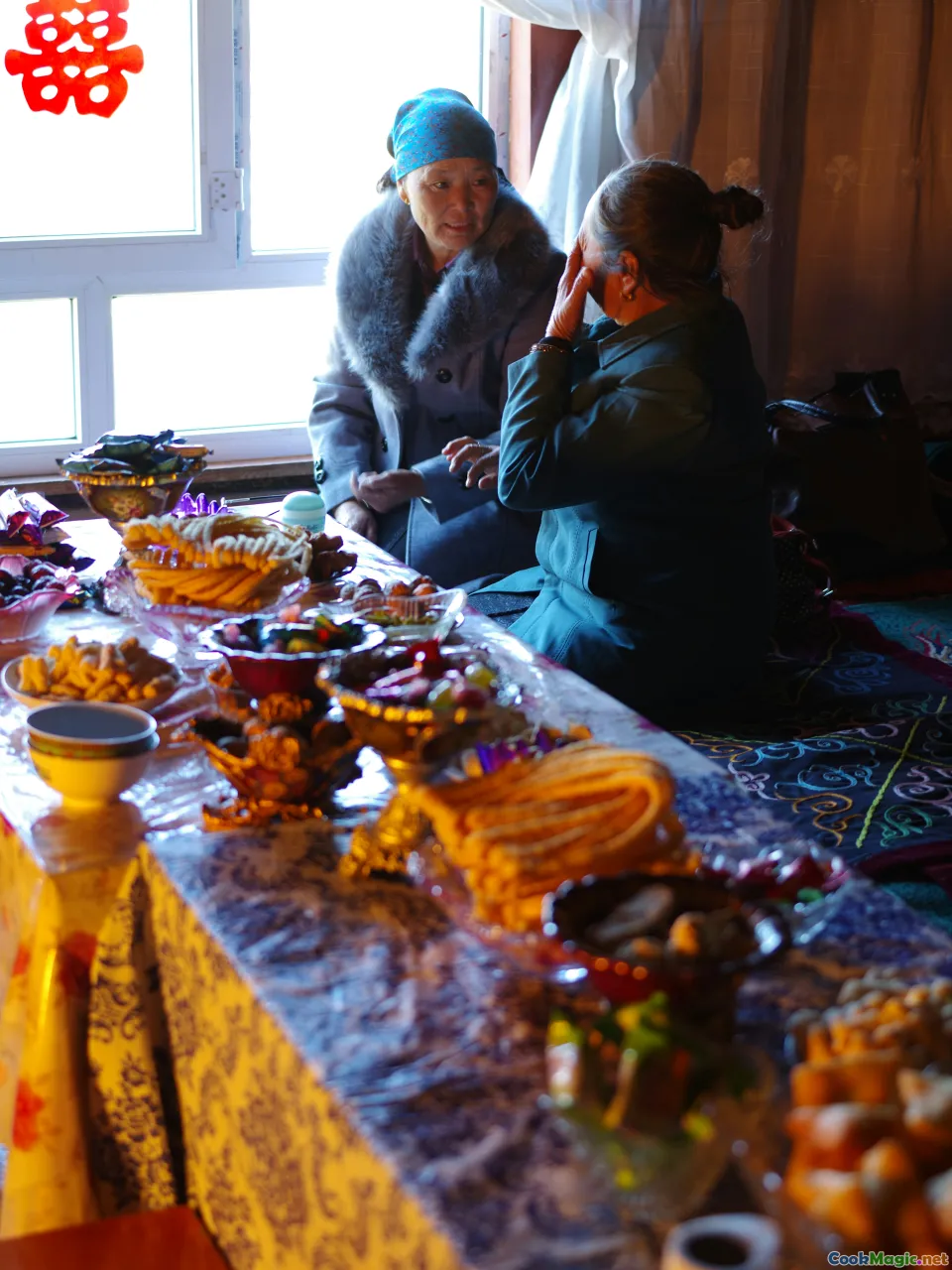
For me, Kyrgyz cuisine is a sensory symposium—a confluence of taste, history, and emotion. Sitting around a communal table, sampling kымын (fermented mare’s milk) alongside suzma (smoked meats), evokes stories of elders telling tales of ancestors who roamed the mountains, of traders who crossed deserts delivering their spices and secrets.
Every bite carries the legacy of countless interactions across cultures and borders, yet it remains uniquely Kyrgyz—resilient and proud.
Whether it’s the fiery heat of askovoroda made of Turkic millet-based kymyz, or the fragrant stillness of a matriarch’s shorpo (soup), Kyrgyz food is a living reflection of its place in the world—an enduring culinary crossroads.In savoring Kyrgyz dishes, one tastes not just ingredients but centuries of shared history and the unbreakable spirit of a proud people rooted in their land and their stories. They remind us that food is more than nourishment—it’s a tradition, an art, and a bridge connecting hearts across cultures.
Embrace the flavors, feel the textures, and celebrate the rich mosaic of Kyrgyz cuisine—a true tribute to the enduring power of culinary exchange.









